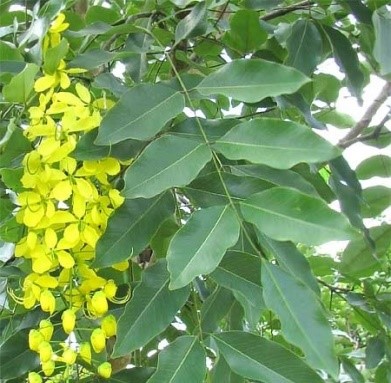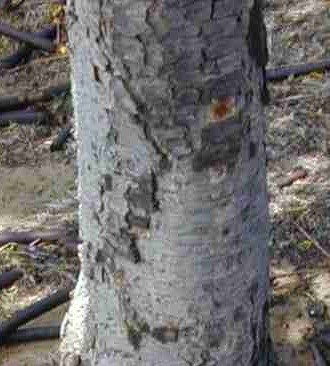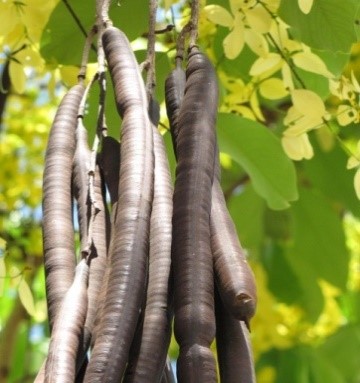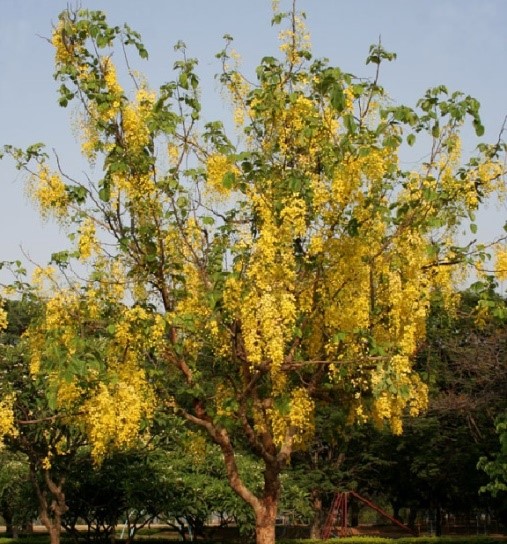Trees
Cassia fistula Linn
Cassia fistula Linn
Description :
A
medium sized deciduous to semi-evergreen tree, with an open crown. The tree may
never appear to be entirely leafless. At maturity, height of the tree will
range from 5 to 9 m and have a diameter of 0.5 to 1.5 m. Leaves are compound
and are divided into between 4 and 6 pairs of larger (12 by 6cm) oval shaped
leaflets. The leaflets are leathery, long pointed and stalked. The bark is greenish
grey on young trees, changing to a reddish brown with age. On old trees the
bark peels off in hard scales. The flowers which are bright yellow and appear
around April and May. They form in large, hanging, pointed bunches and are
arranged along a central axis. The fruit is a long pod (2 to 3 cm in diameter
and 30 or more cm long). Usually smooth, hard and dark brown when ripe; they
mature between September and February. The pods break open easily to expose the
seed. It is easily reproduced from seed and by vegetative means. The seed can
be stored for 2 years and retain its viability. Approximate yields of 10 to 12
m3/ha/yr have been recorded. Average diameter for growth is 0.5 cm. Straight
grain with medium texture. Sapwood yellowish red to reddish brown, having
Density 0.8 gm/cm3 dry with a calorific value of 5164 kcal/kg.
Distribution :
The
tree is native to Pakistan, commonly found east of the Indus in the plains and
continuing north into the Himalayas to an elevation of approximately 1200
meters. It is cultivated throughout the plain region as an avenue tree. A
moderately shade tolerant tree that will grow on many soil types including low
nutrient and shallow soils. It is found in a sub-humid cool to sub-tropical
humid warm tropical climate receiving between 500 to 3000 mm of annual
precipitation. Its temperature range is from -5 to 45°C, even though both
seedlings and trees are susceptible to some frost damage.
Uses :
The tree is not grazed by
animals, and it has no disease or insect problems of significance. It has
potential in areas where watershed protection is needed, and grazing has been a
problem. Also used as fuel, ornamental, fine furniture, agricultural
implements, tool handles, support posts, cartwheels and axles, tannin. and
medicinal (seed pod pulp as a purgative).



